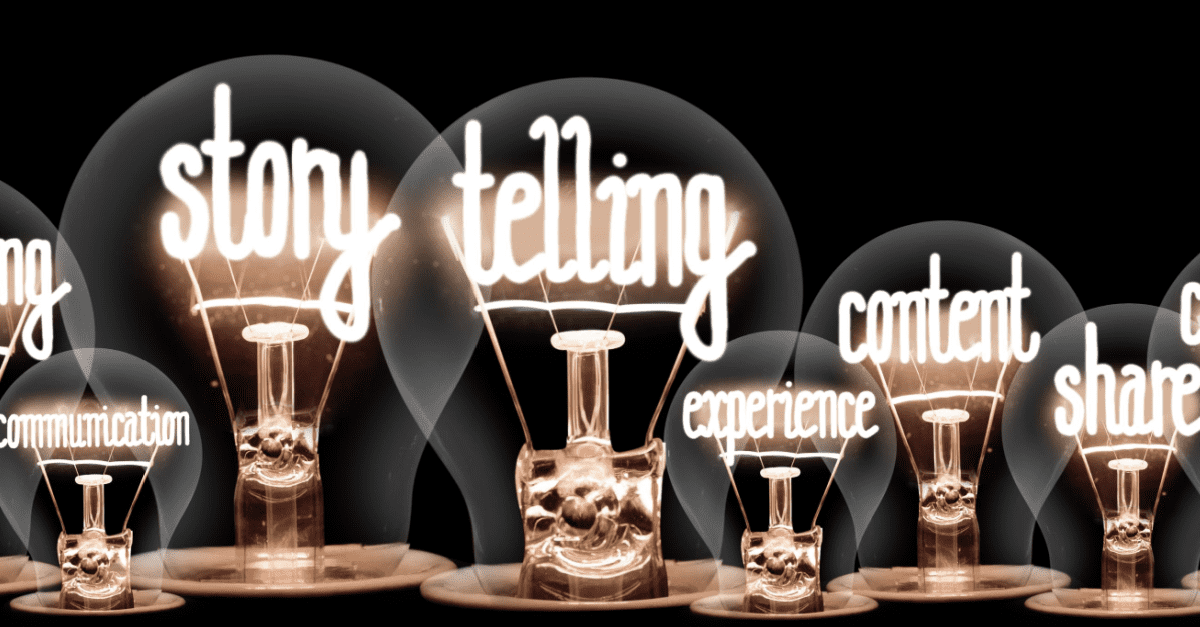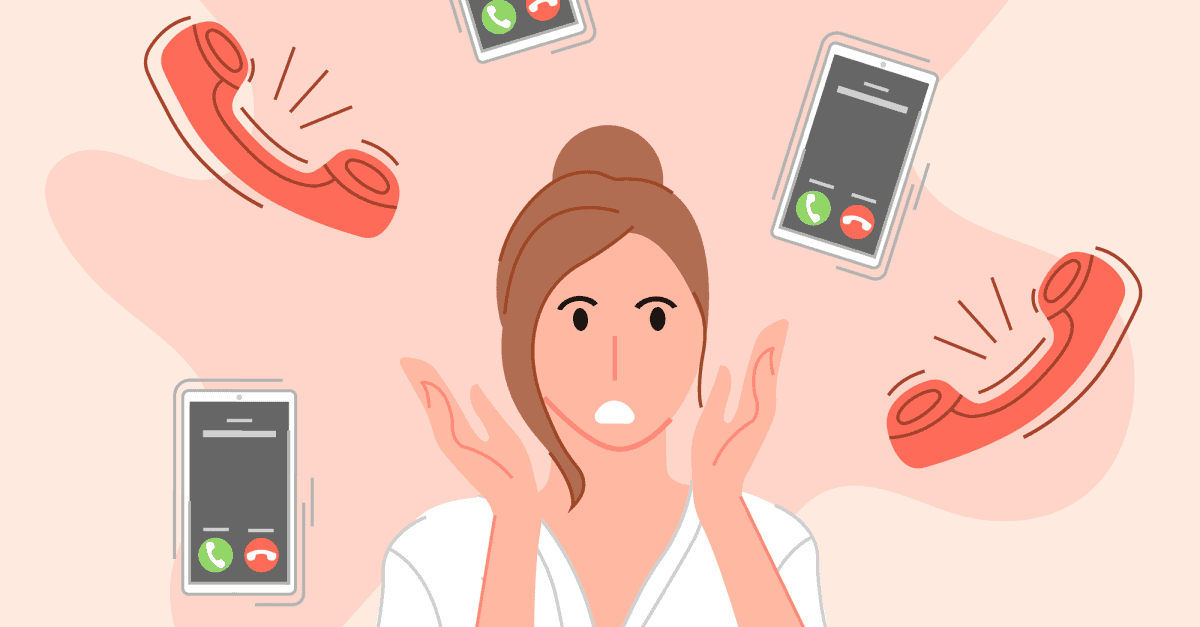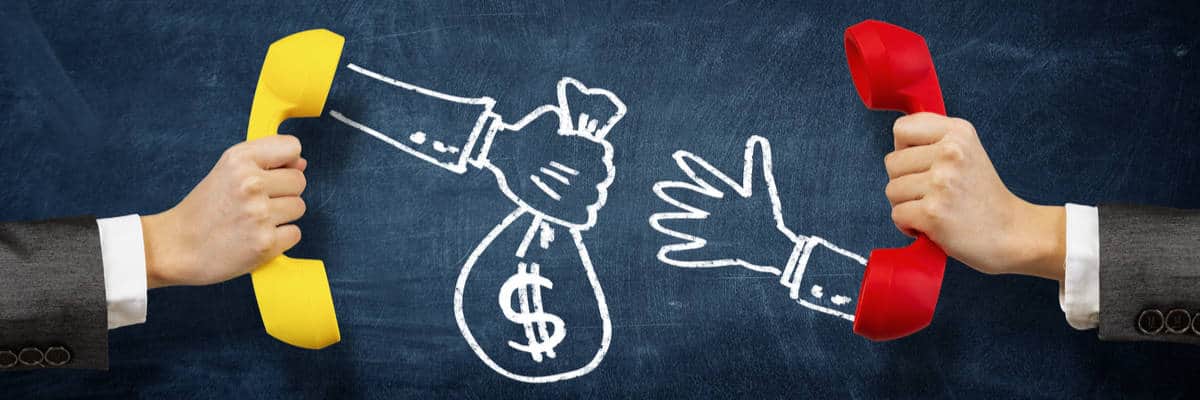
Snail Mail Prospecting Opens Doors
Snail mail prospecting works because, unlike overflowing email in-boxes, the physical mail box is empty these days. Therefore, when salespeople send snail mail, they stand out. This is exactly why snail mail can help you engage the hardest to reach prospects.
Most sellers today prefer to send an email in an attempt to get in the door and secure an appointment. I know because I train thousands of them every year on how to write prospecting emails that’ll get a response.
While this strategy absolutely works, a personal letter sent via snail mail allows you to stand out in a crowd of digital lemmings – especially in an over-competitive, reluctant marketplace.
Leverage the four tactics below to add snail mail prospecting back to your sales tool kit.
Write the letter you’d like to receive
There’s something special about receiving a nice letter. Your goal is to write a compelling one that the executive will remember. Compelling doesn’t necessarily mean it’s full of issues they may be facing and how you can solve them.
It can be a letter of congratulations for an accomplishment you heard about:
“Congratulations on the opening of your second office. In today’s challenging market, it’s exciting to see such growth in Denver. Please think of me for any of your computer support needs. I’d be honored to work with a business of your caliber. Congratulations again!”
Or, you may share the start of an idea you have about how to help their business soar. (You don’t want to share the complete thought. That you’ll save for when you meet.)
“Congratulations on the success of your practice! I noticed your advertisement in the Thursday’s paper and it looks great. I’m sure it’ll be wildly successful for you. Your ad caused me to go to your website to learn more, and I had an idea about how you might reach an extended base of potential patients through it. It would be an honor to share it with you.”
Draw your prospects in with a personal touch and compel them to want to speak with you.
Integrate snail mail into your approach
Personal letters aren’t as easy to respond to as an email or voicemail, so follow up with a phone call and then an email. What I like about this approach is that we know for a fact people respond differently based on their personal preference. Make it as easy as possible for prospects to thank you for that nice letter you wrote and show their appreciation by setting an appointment.
In your follow up, mention your note, asking if they received it and reinforcing what you wrote. Don’t be shy. Let them know that you’re calling to set a time to meet.
If you wrote a compelling letter, the executive will appreciate it and remember you. Your name will be familiar and he’ll take your call. Several sellers mentioned that they’ve actually had prospects comment when they follow up about how nice it was to receive their note.
Make it personal
Write your message on a note card, greeting card, or monarch sized stationary. As long as your handwriting is legible, it feels much more inviting when your prospect opens it than a typed a letter.
Hand address the envelope and use a real stamp for postage. You want your snail mail to stand out as important, with no implication that it’s junk mail that should be discarded unopened.
Your snail mail prospecting envelope needs to stick out when it arrives in the mail room, passes through the assistant, and finally lands on the executive’s desk.
Don’t stop at one
One cold call or email is never enough, so don’t expect that one snail mail will be either. Plan to write several letters. After all, you’re prospecting.
Have several ideas you want to share. Do some research. Watch their social media comments to see what they’re focused on or celebrating. Write letters about those.
Switch things up. Don’t always use the same note card or style paper. Consider sending a postcard with a fun picture on the front.
Snail mail prospecting works! The rush toward digital prospecting as a singular strategy leaves a gaping hole for you to step through to distinguish yourself. When you reach out with a personal letter, prospects will remember you and take your call.
Amplify your cold email outreach with our 4 Keys for Effective Cold Email Prospecting online sales training workshop.
About the author
Get FREE Sales Training Delivered to Your Inbox
Join more than 360,000 professionals who get our weekly newsletter.

Learn Online
Self-paced courses from the
world's top sales experts

Virtual Training
Live, interactive instruction in small
groups with master trainers

Coaching
One-to-one personalized coaching
focused on your unique situation






